(NB&CL) The world of course does not change overnight. The trend of multipolarity and multilateralism is a long process and is the connection of many links. However, at this time, the new situation of the world is gradually taking shape. It is considered to be in the flow of history, reflecting the objective laws and needs of humanity.
Towards a new world order: Multilateralism, multipolarity The catastrophic wars and severe humanitarian crises of recent years have shown the consequences of a unipolar world, which has rendered diplomatic activities almost ineffective. So how is the formation of a new multilateral and multipolar world order taking place and what are its prospects? Will it help bring more fairness and stability? |
The failure of unipolar and bipolar world orders
The world was once considered “multipolar”. Most recently, after World War II, the international geopolitical situation was clearly divided into two blocs, the “West” and the “East”. However, this “multipolarity” was actually just “bipolarity”. The peak of the bipolar world at that time was the Cold War. Although the two sides did not fight with force, geopolitical and military tensions were always present.
However, that bipolarity of the world came to an end with the dissolution of the Soviet Union in 1991. Undeniably, the collapse of the Soviet bloc was a historic turning point that redefined the global balance of power. First and foremost was the emergence of the United States as the world's sole superpower.
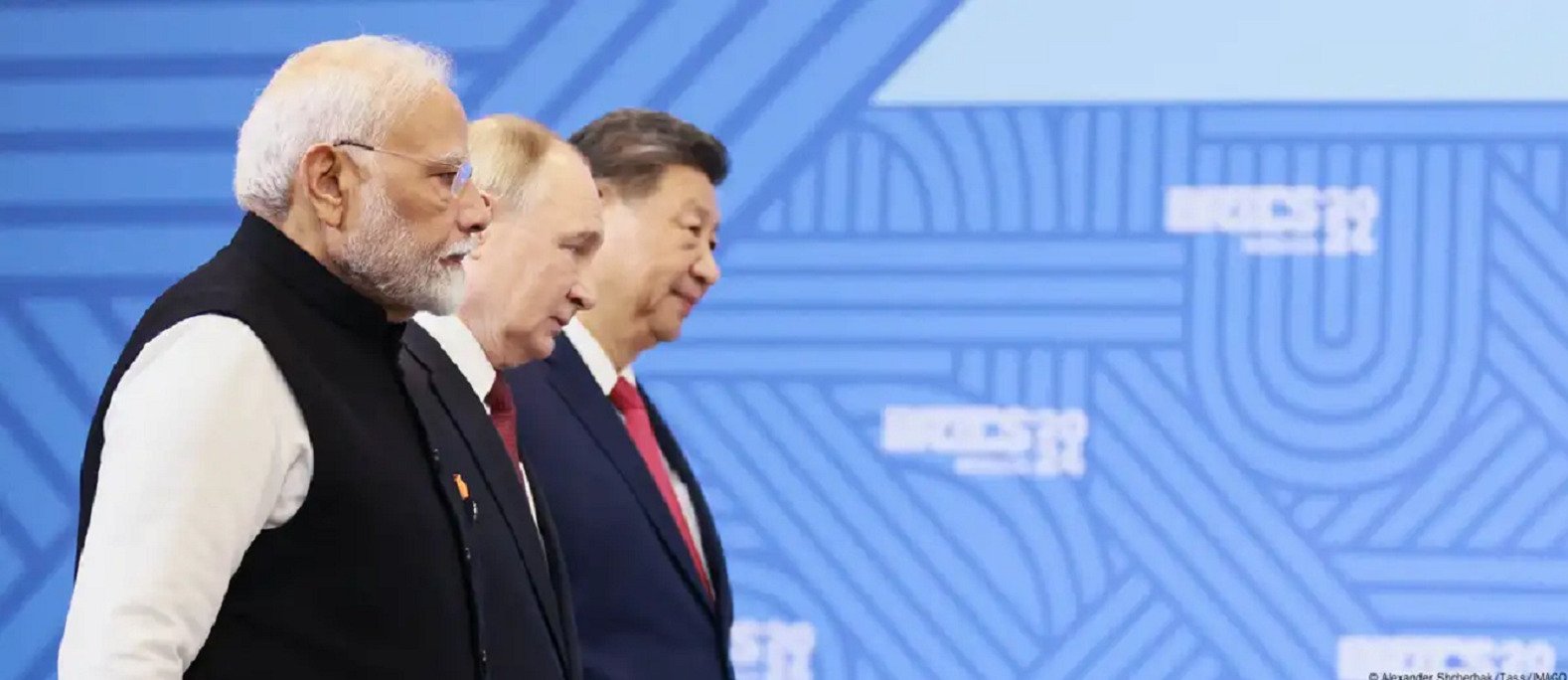
The rise of India, Russia and China is creating a new world order. Source: TASS
The world in the following decades moved towards a unipolar, one-way direction. The collapse of the Soviet bloc gave new impetus to the strong expansion of the North Atlantic Treaty Organization (NATO). Several Eastern European countries that had been communist or were part of the former Soviet bloc gradually joined NATO or a common Western-led system.
The collapse of the bipolar system has left a power vacuum in some parts of the world, giving rise to a series of conflicts and tensions. The former buffer states between the East and the West have had to find their own way, sometimes causing internal conflicts or becoming points of conflict, such as the wars in the former Yugoslavia, Libya, Afghanistan, Iraq, etc.
In particular, its consequences have led to terrible wars in Gaza, Lebanon or Syria in particular, the extremely unstable situation in the Middle East and many other places in general today. The expansion of NATO and the West in the unipolar era of the world is also considered the deep root cause leading to the Russia-Ukraine conflict, the largest war in Europe since World War II.
Much more analysis will be needed, but the unipolar world, like the bipolar world of the past, is clearly not a recipe for a peaceful world order. The suffering that millions of people still suffer from war, violence and hunger across the planet is the clearest indictment.
The multipolar world is increasingly clear
The term “multipolar world” essentially refers to an international system in which power is shared among several states or groups of states. It is an alternative to a unipolar world. In it, emerging powers and power blocs begin to assert greater influence in world affairs, often through economic and political channels.
Speaking at the 27th St. Petersburg International Economic Forum in June 2024, Russian President Vladimir Putin declared: “The global economy has entered an era of fundamental and dramatic changes. A multipolar world is being formed with new growth centers, new investments and financial relations between countries and companies.”
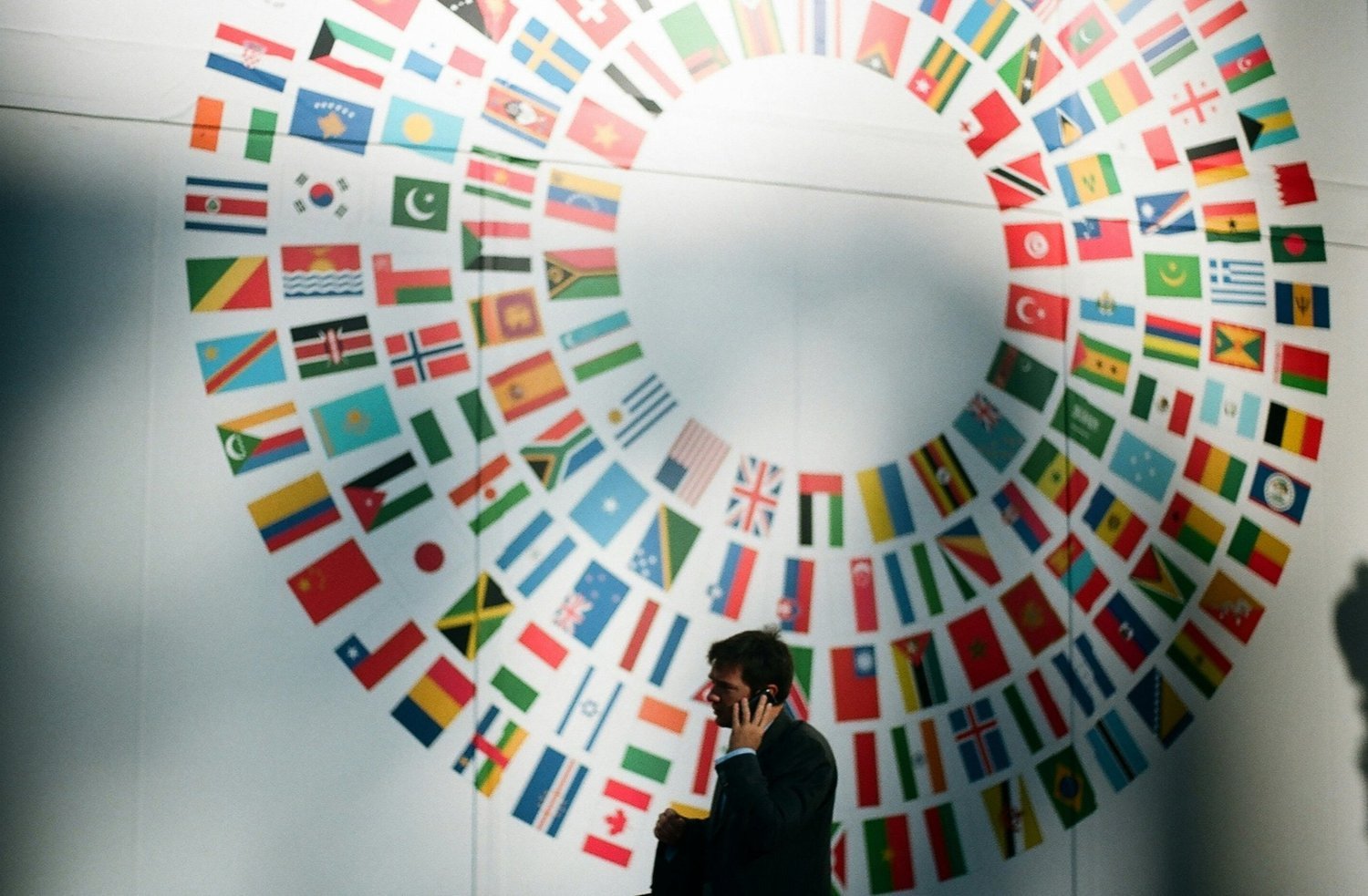
Multilateralism can bring about equity and inclusive development in the world. Source: 9dashline
European leaders also believe that the development towards multipolarity is desirable. Former President of the European Council Charles Michel once told the United Nations General Assembly : “The European Union is striving for a multipolar world, a world of cooperation and towards more democracy and respect for human rights.” German Chancellor Olaf Scholz also recently stated on social network X: “The world is multipolar, so we must act accordingly now.”
The multipolar world is becoming increasingly evident, characterized by the presence of several power centers that have significant influence at the international level. These power centers can be states or blocs of states.
For example, the BRICS bloc – with its five founding countries China, India, Brazil, Russia and South Africa – has experienced rapid economic growth in recent decades and has just added five new members. China, in particular, is already considered a superpower. India, with its rapid growth and large population, has emerged as a key player on the international stage. The European Union will also remain an important player in this multipolar world.
Meanwhile, the US is clearly no longer the sole superpower. Economically at least, its share of global GDP has halved from 50% in 1950 to just 25% in 2023. In purchasing power parity (PPP) terms, it is only 15%, while the Asia-Pacific region’s share is 45% – with China accounting for 19%.
Towards genuine multilateralism
The world needs to find a new order that can create a common peace and prosperity. It is not unipolar (in any direction), bipolar, or even multipolar. The world needs multipolarity, but multipolarity here does not mean two or three powers (or groups of powers) sharing world leadership, but ultimately needs to move towards “infinity”. That is when countries are equal in all relationships, the powers cannot use economic, political and especially military power to oppress weaker countries.
That is what is called multilateralism - something that the United Nations and the progressive international community have identified as the foundation for a new world order that is stable, fair and especially will help strengthen the fragile peace of humanity.
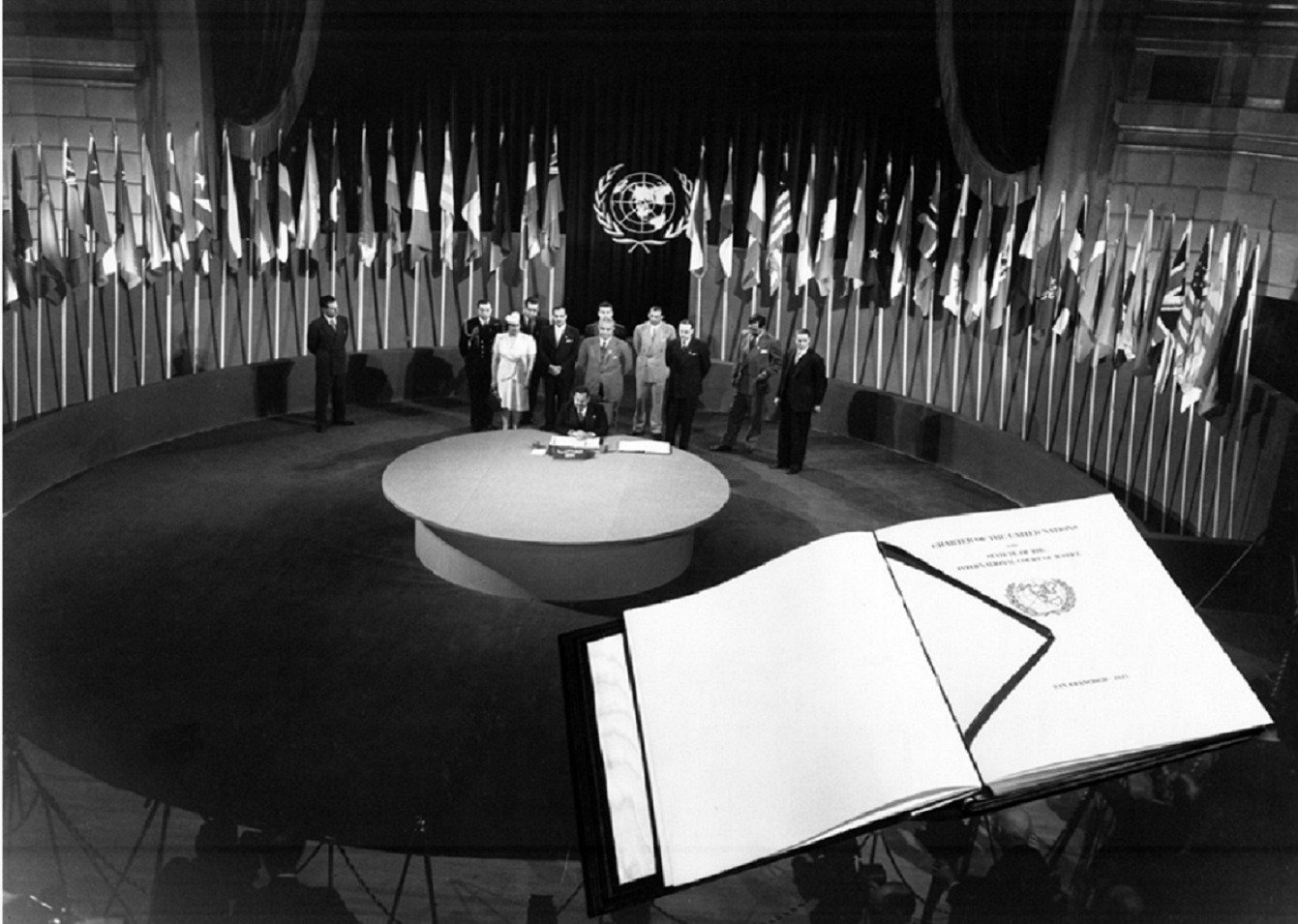
The United Nations was established to promote peace and development through multilateral mechanisms. Source: UN
In international relations, multilateralism refers to an alliance of many countries pursuing a common goal. Multilateralism is based on the principles of inclusivity, equality, and cooperation, and aims to promote a more peaceful, prosperous, and sustainable world. One of the main advantages of multilateralism is that it allows countries to address problems that transcend national boundaries, such as climate change, terrorism, and pandemics, through shared responsibility and burden-sharing.
Multilateralism serves to limit the influence of powerful states, discourage unilateralism, and give small and middle-sized states a voice and influence they otherwise would not have. Renowned American political scientist Miles Kahler defines multilateralism as “international governance” or global governance by “multilateralism,” and its core principle is “opposition to discriminatory bilateral agreements that are believed to increase the leverage of the powerful over the weak and increase international conflict.”
For example, joining organizations such as the Association of Southeast Asian Nations (ASEAN), the Collective Security Treaty Organization (CSTO), the European Union and NATO will help even small countries to be supported in many aspects; they will not be easily "bullied" in terms of economy, geopolitics and military. In particular, the BRICS bloc is affirmed to help member countries have more choices in trade, economy and international payments, instead of having to depend on the systems that are almost completely controlled by the West today.
Countries in a multilateral world will also participate in many different organizations. For example, a country can join BRICS, CSTO or even the EU. That gives those countries deep connections on a global scale, will avoid troubles, at least can quickly resolve economic, geopolitical or even armed conflicts if they occur - problems that were very difficult to solve in the previous bipolar world and especially the unipolar world that still exists.
The foundation for peace and inclusive development
The United Nations has an International Day of Multilateralism and Diplomacy for Peace (April 24), to remind the world that multilateralism is the foundation that needs to be strengthened to build peace and sustainable development for the world.
In fact, multilateralism is part of the UN’s DNA. The UN Charter places multilateralism at the forefront, as one of the pillars of the international system. In his 2018 report on the work of the UN to the General Assembly, UN Secretary-General António Guterres reiterated that the Charter remains “a moral compass for promoting peace, promoting human dignity and prosperity, and protecting human rights and the rule of law.”
Despite many achievements, the fundamental goal of building a truly multilateral world for mutual development is clearly still not achieved - regardless of the fact that the United Nations will celebrate its 80th anniversary in 2025. In fact, that journey has been and is at risk of being completely derailed. As we know, poverty and war are the main colors of the world, not prosperity and peace.
“The world is on fire and we need to act now to put it out,” the head of the UN Office for the Coordination of Humanitarian Affairs (OCHA), Tom Fletcher, warned in November 2024, referring to the humanitarian crises that are raging across the globe. Meanwhile, Secretary-General Guterres declared that the world was entering a “ period of chaos,” with the UN Security Council — the body primarily responsible for maintaining international peace and security — divided on most of the world’s major issues.
To save the situation, countries, blocs and international organizations need to be ready to put aside their differences and move towards a truly multilateral world. It is a journey that is obviously very thorny and difficult, but it is the only way to help the world achieve lasting development and peace.
“Small multilateralism”, the first building blocks“Small multilateralism” is being seen as the building block of a truly multilateral world, a flexible and innovative approach to solving global challenges. It is a collection of countries with moderate influence on the international stage. Rapid advances in technology make it clear that small multilateralism is here to stay and is a viable way for countries to find ways to solve problems. A positive example of mini-multilateralism was when the seemingly disparate UAE, India and France agreed in 2024 to a trilateral framework covering a range of areas including defence, energy and technology. In addition, the UAE, Indonesia and five other countries launched the Mangroves for Climate Alliance at COP27 in Egypt. 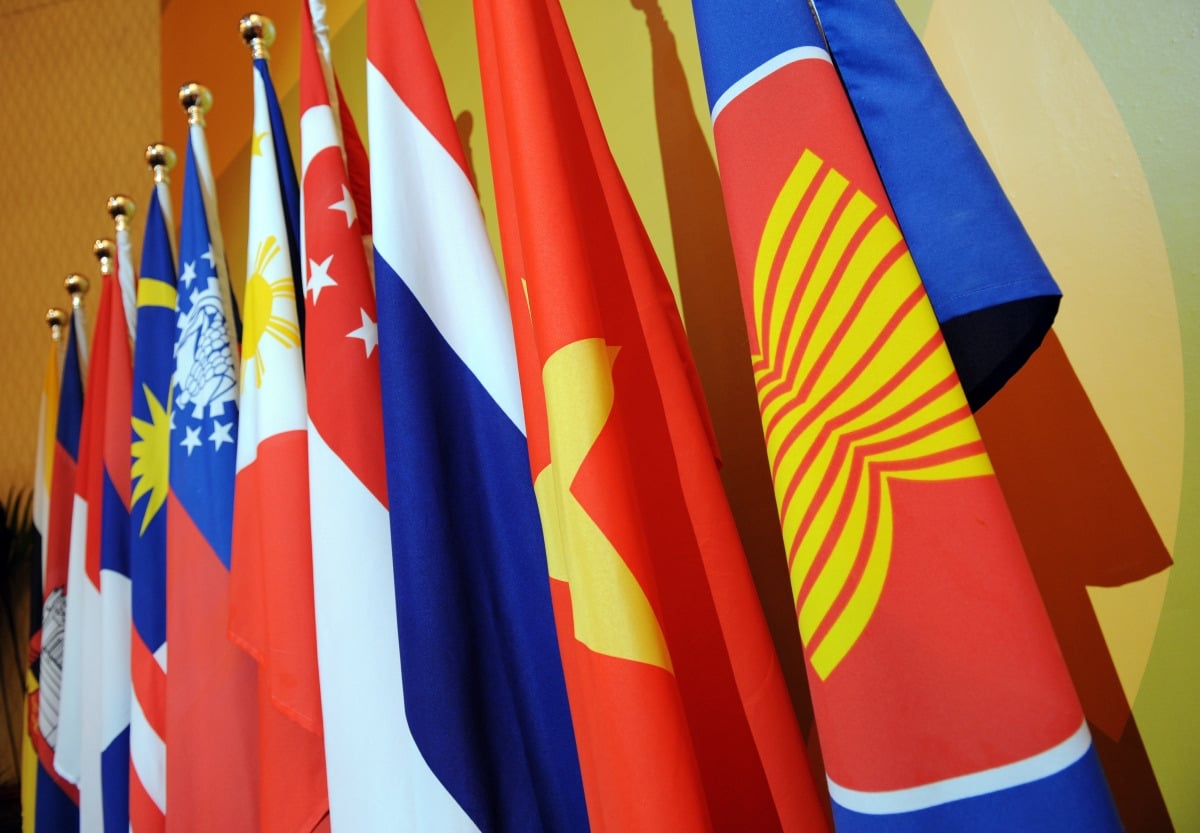 The India-based International Solar Alliance (ISA), a coalition of 121 mostly developing countries, has also formed with the common goal of promoting solar energy and combating climate change. The Negev Forum, which brings together the United States, Israel, the United Arab Emirates, Egypt, Morocco and Bahrain in a new framework for regional cooperation, is another example. Meanwhile, China’s Belt and Road Initiative (BRI) is the most prominent example of this trend. Japan’s Free and Open Indo-Pacific Initiative (FOIP) is similar, focusing on promoting economic growth and regional stability by building bridges with other countries. In particular, ASEAN, which is composed of Southeast Asian countries and is based on consensus in its operating mechanism, is being seen as a model for how small multilateralism can become the first building blocks for a more inclusive, stable, and prosperous multilateral world. |
Tran Hoa
Source: https://www.congluan.vn/hay-la-da-phuong-de-cung-nhau-phat-trien-post331223.html








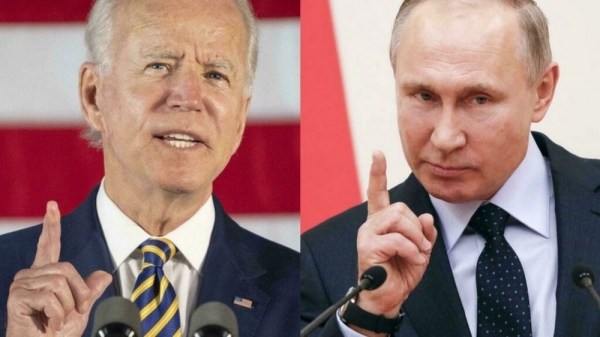

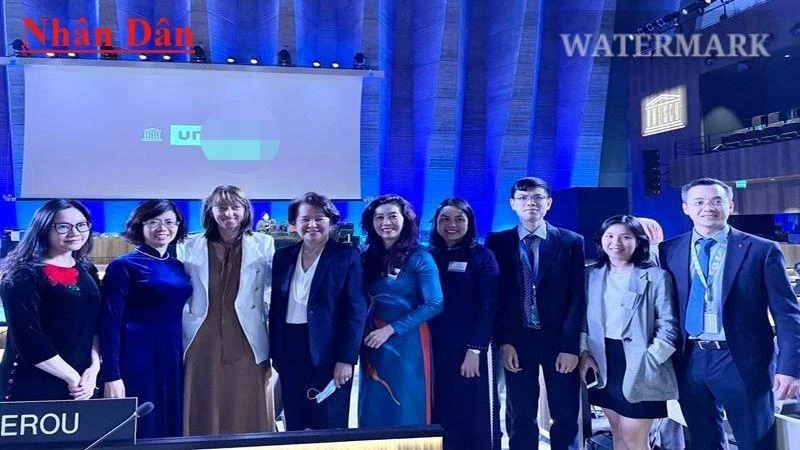

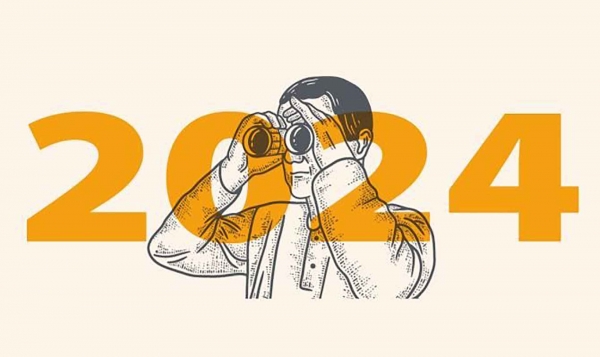

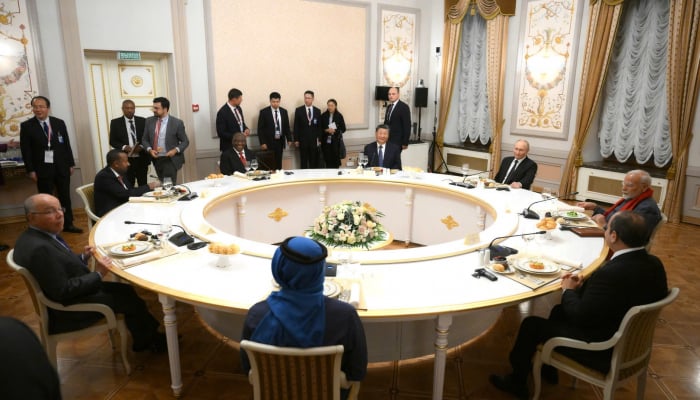
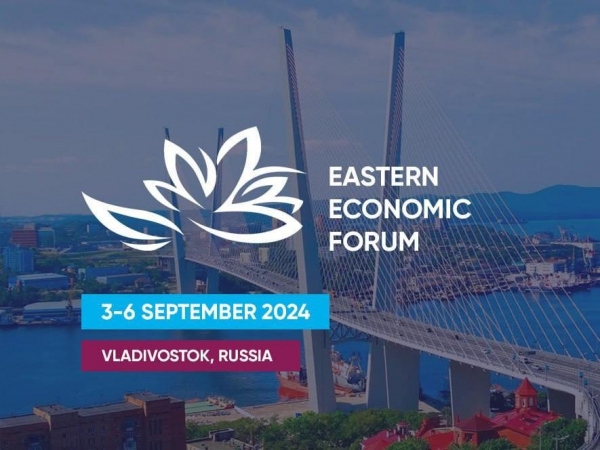
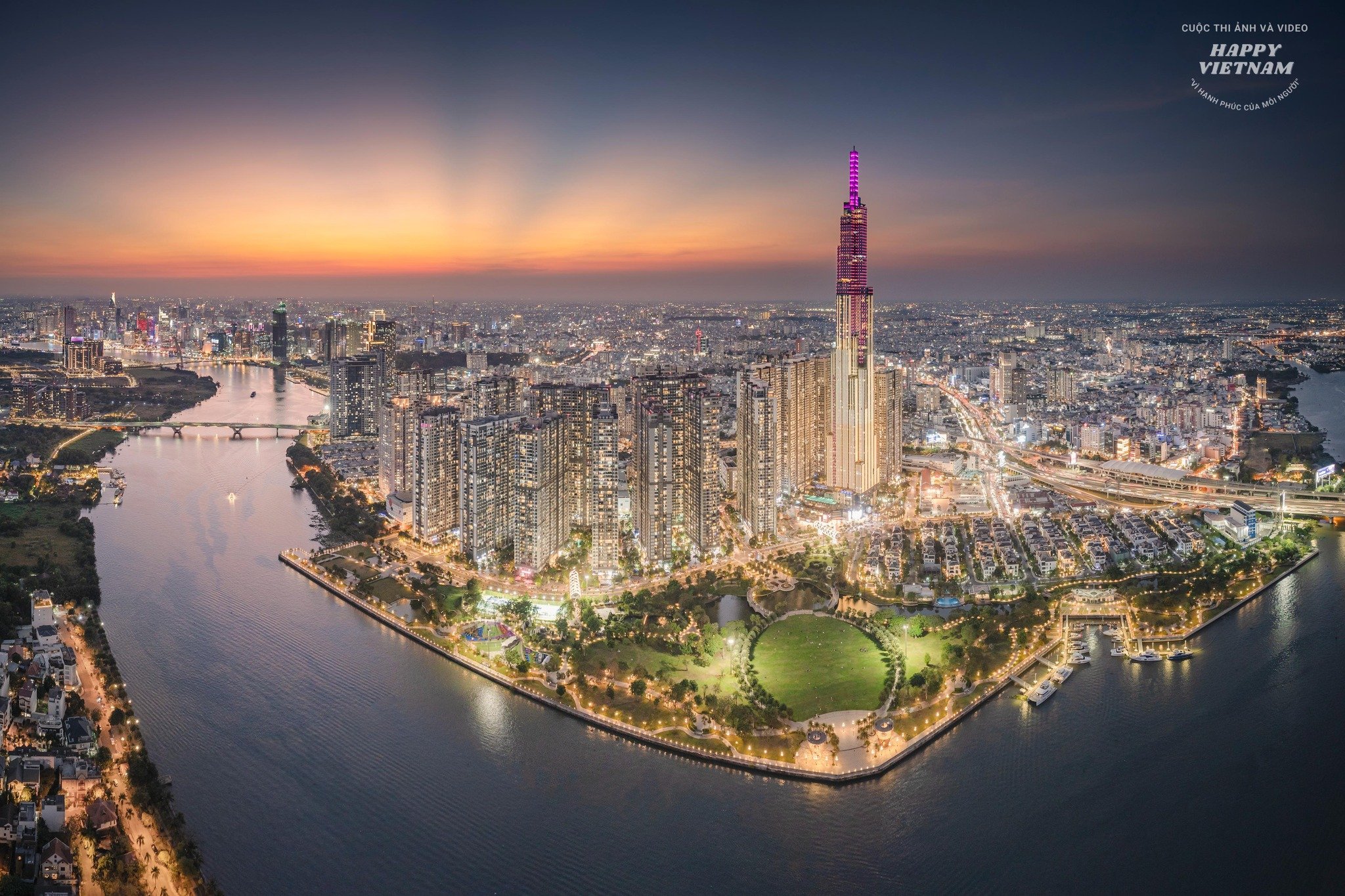

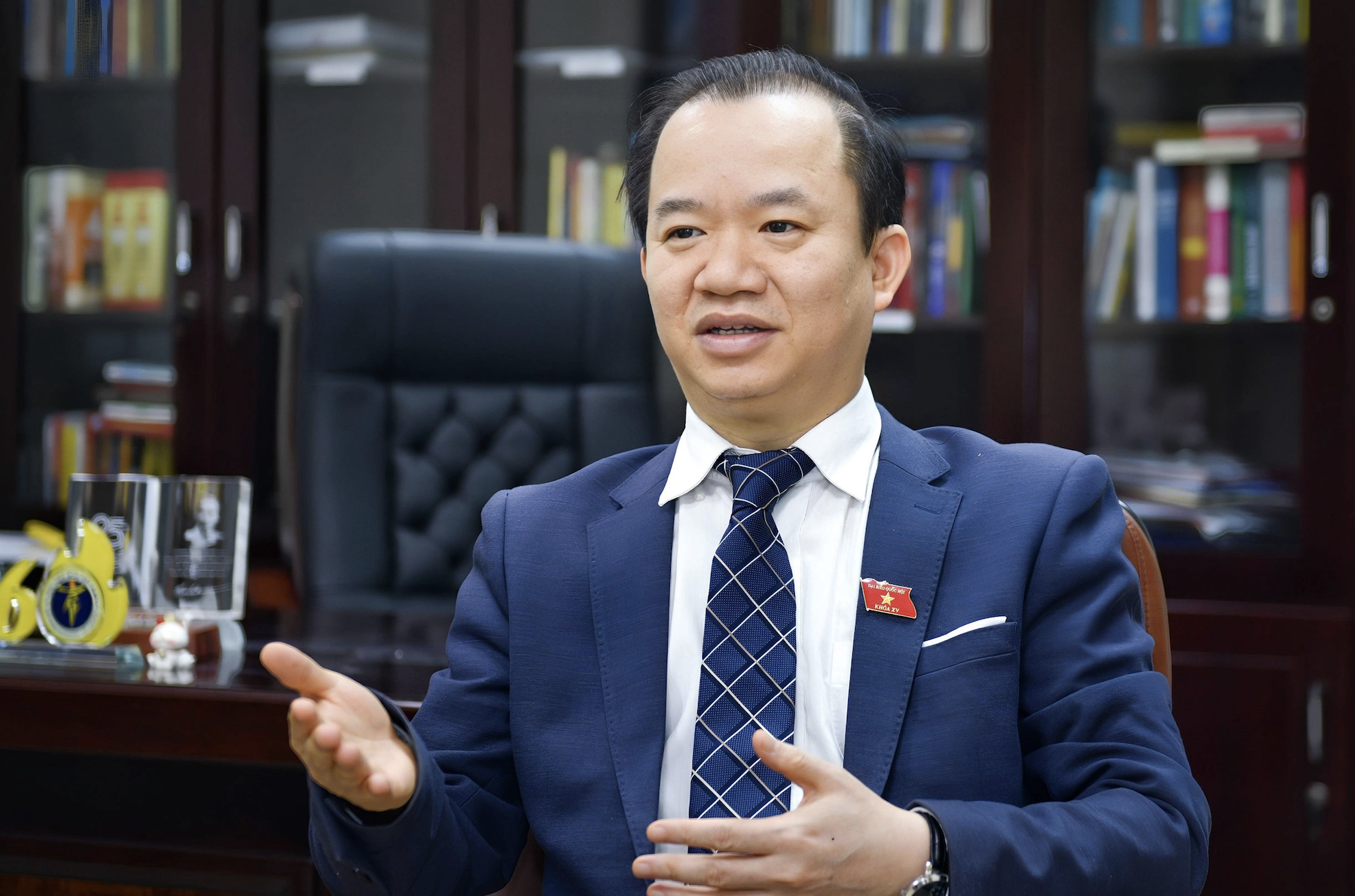

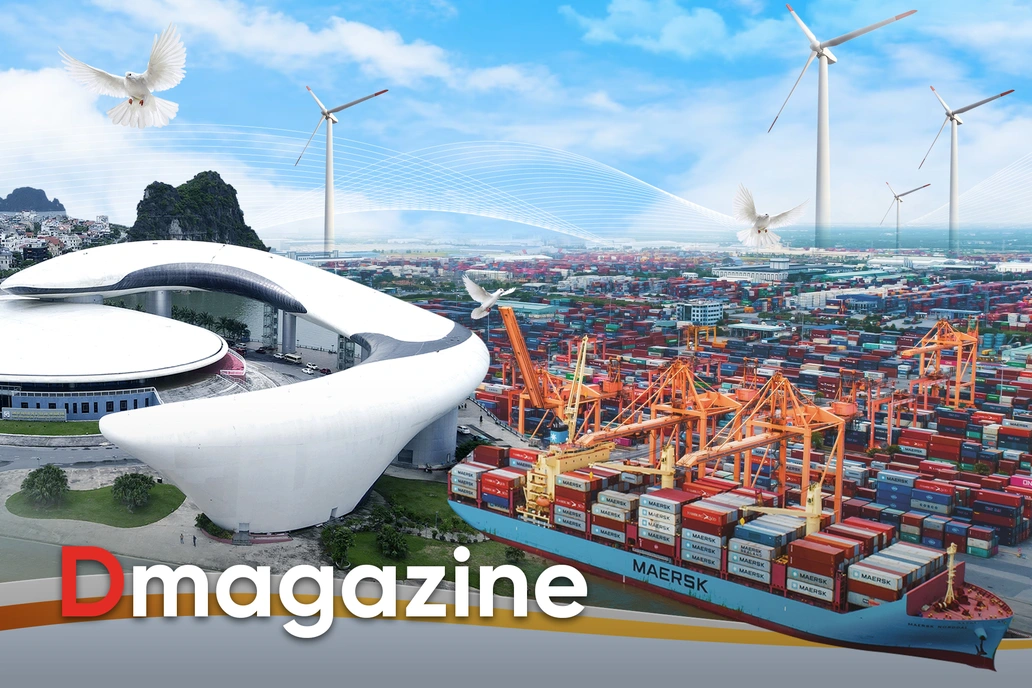

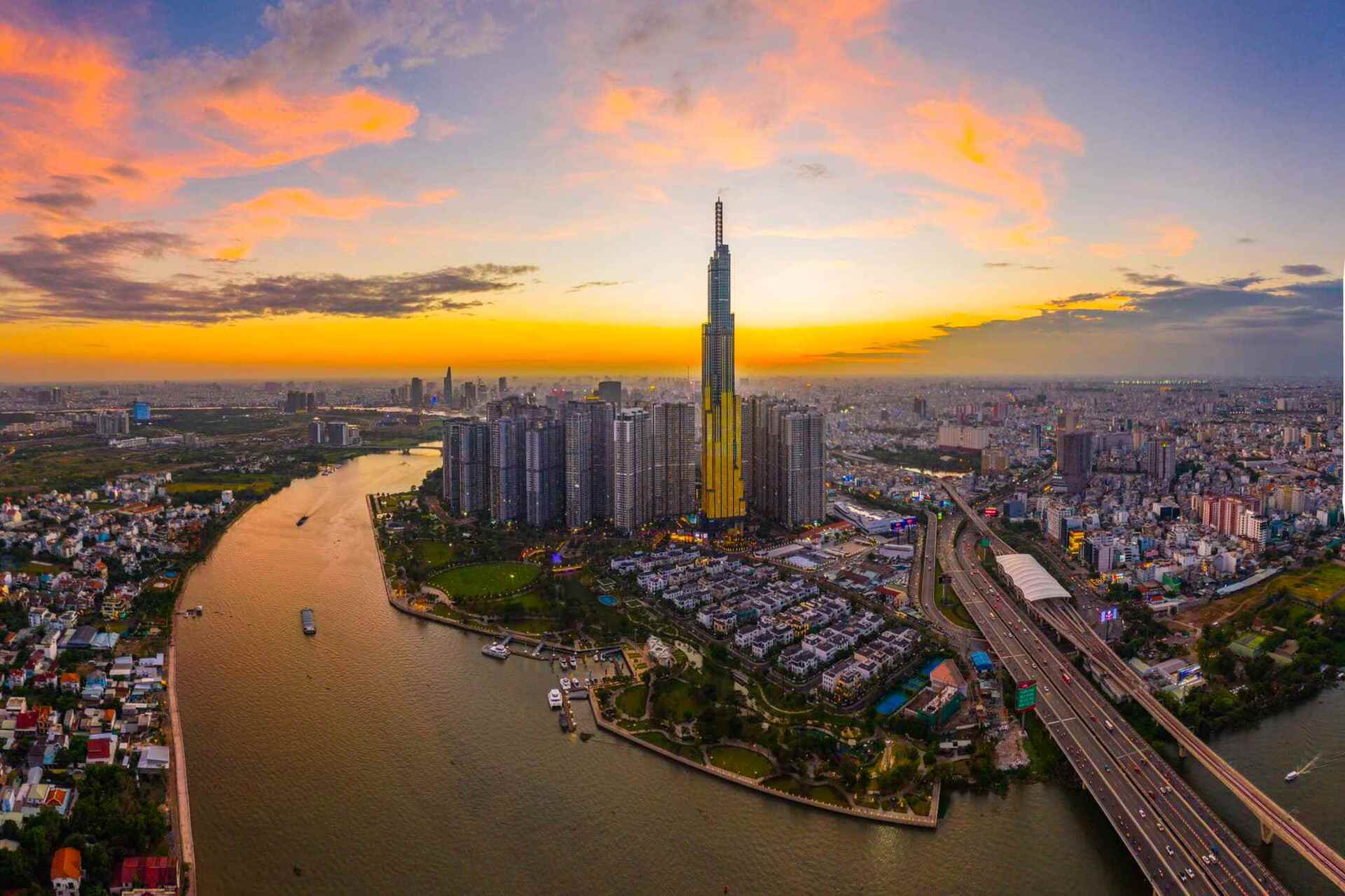







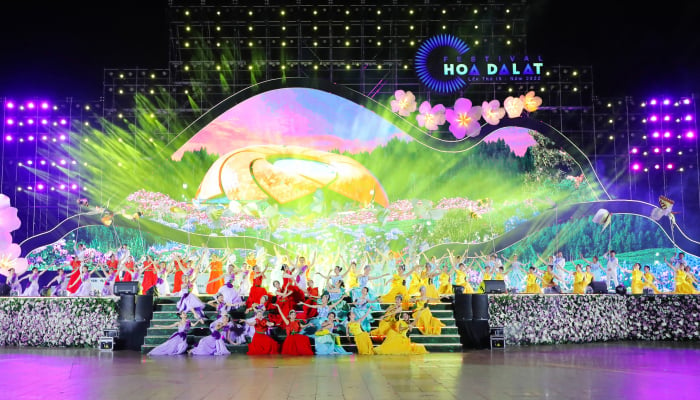
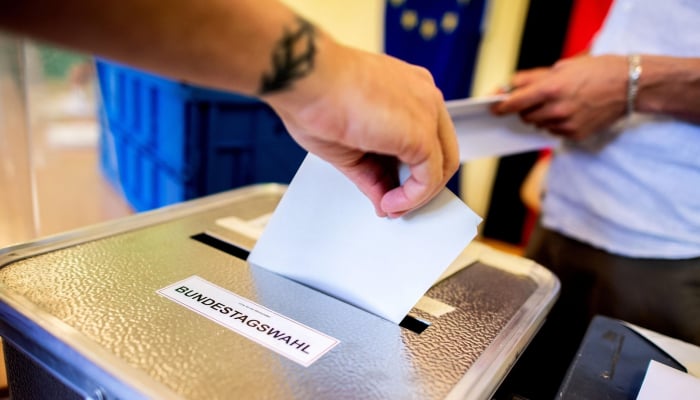









![[Photo] Prime Minister Pham Minh Chinh chairs Government Conference with localities on economic growth](https://vstatic.vietnam.vn/vietnam/resource/IMAGE/2025/2/21/f34583484f2643a2a2b72168a0d64baa)























































Comment (0)